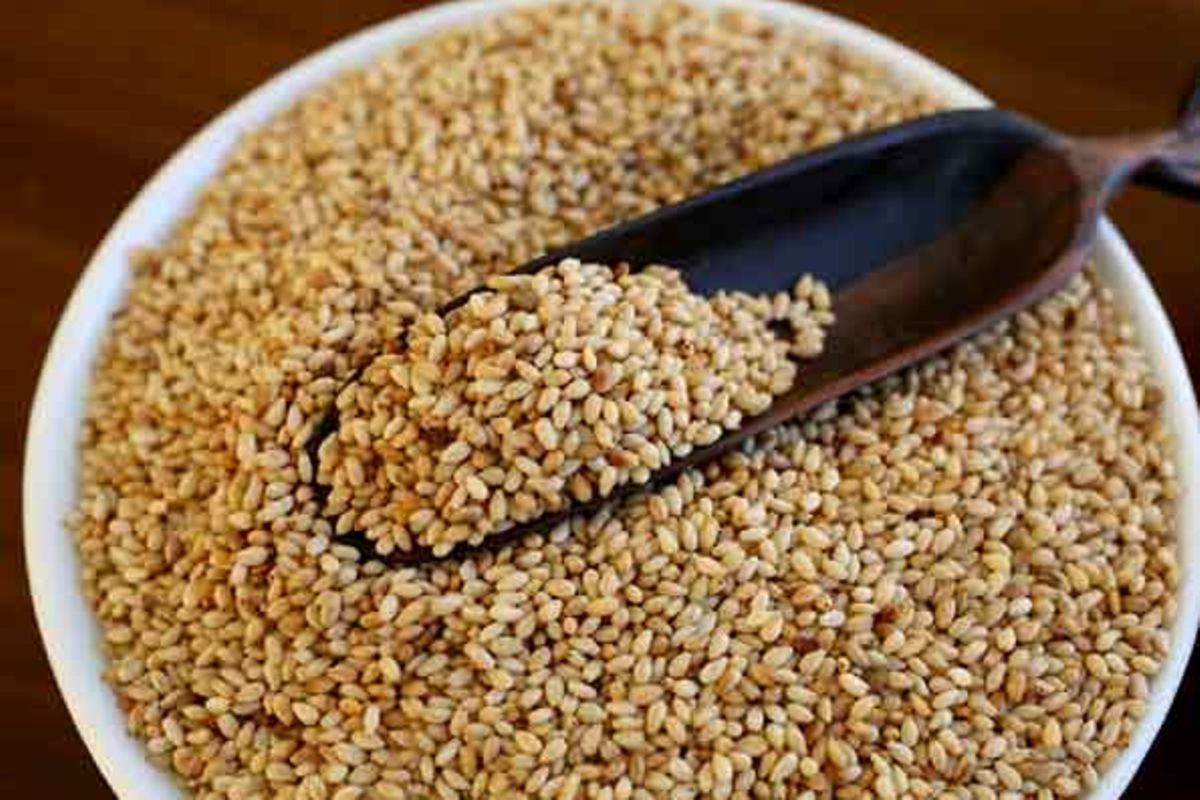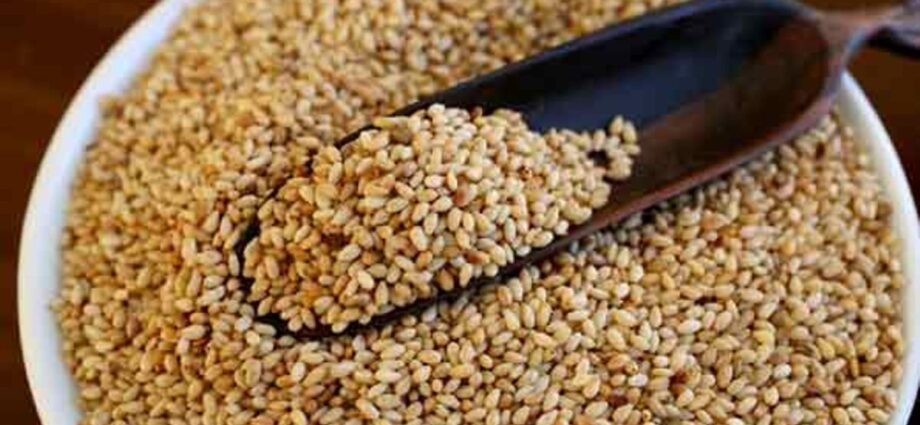
Morogoro. Tanzania earned Sh300 billion in 2024 from 150,000 tonnes of sesame exports, according to the Warehouse Receipt System Regulatory Board (WRRB).
The Board’s Executive Director, Mr Asangye Bangu, said the target for 2025 is to export between 180,000 and 200,000 tonnes as part of efforts to boost foreign exchange earnings and accelerate economic growth.
Speaking in Morogoro on Friday, June 13, 2025, Mr Bangu said preparations for the upcoming sesame season were underway, with stakeholder meetings being held in regions and districts where the crop is traded through the warehouse receipt system.
“In the 2024 season, 150,000 tonnes of sesame traded through the warehouse receipt system were exported, generating Sh300 billion,” he said.
“This year, we expect to exceed that volume and sell between 180,000 and 200,000 tonnes,” he added, revealing that Asia and Europe are the country’s major export markets.
He said the ongoing meetings bring together agricultural officers, cooperative unions, and local government stakeholders from Morogoro Rural, Mvomero, Ifakara, Kilosa, Mlimba, Ulanga, and Gairo.
Furthermore, he said farmers will also be trained on proper handling and quality standards before sesame is delivered to warehouses.
He added that the 2024 season was favourable for farmers, who sold sesame between Sh2,700 and Sh3,800 per kilogramme.
However, Mr Bangu said prices in the 2025 season are projected to fall to between Sh2,400 and Sh2,500 per kilogramme due to a global oversupply.
“Sudan and Nigeria are our main competitors in sesame production in Africa, while Pakistan is also a key player. However, Tanzanian sesame remains highly regarded in international markets such as China, Japan, the United States, and India for its superior quality,” added Mr Bangu.
A farmer from Mbuga Village in Mahenge District, Ms Asha Abasi, expressed concern over the expected decline in prices, noting that farmers earned between Sh2,800 and Sh3,000 per kilogramme in recent seasons.
“I support the continuation of the warehouse receipt system, but prices should remain between Sh2,800 and Sh3,000 to ensure farmers make a profit and receive timely payments,” she said.
The Morogoro Region Farmers’ Cooperative Union (Mofacu) General Manager, Mr Andrewa Mabellah, said the region has more than 4,000 sesame growers under 32 cooperative societies. These societies also manage cocoa and pigeon peas.
“Since 2021, farmers have started seeing the real benefits of agriculture, thanks to the government’s introduction of the warehouse receipt system. The move eliminated middlemen and enabled direct sales to buyers,” said Mr Mabellah.
He explained that in 2021, cocoa fetched Sh39,000 per kilogramme under the warehouse receipt system, compared to just Sh4,000 in previous years.
In 2022, sesame was sold at Sh3,500 per kilogramme, up from Sh1,000 to Sh1,500 before the system was introduced.
Pigeon peas, meanwhile, sold at between Sh3,500 and Sh4,000 per kilogramme in 2023, compared to only Sh500 to Sh1,000 in earlier seasons.














